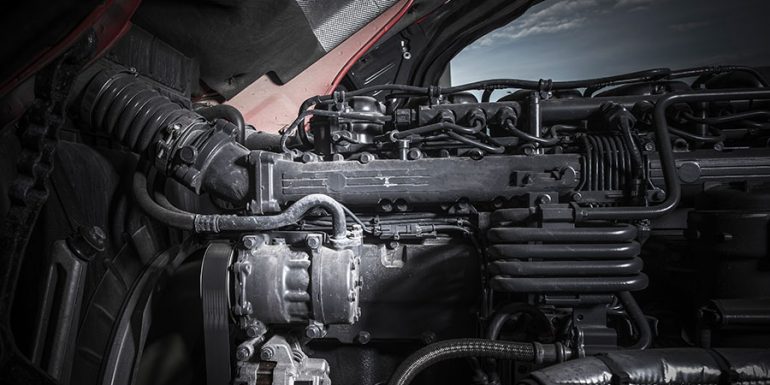
- January 16, 2019 /
- Uncategorized /
- By admin /
- 0 Comments
More than one-half of new car registrations in Europe use the popular diesel fuel. Other cars use North American popular petrol fuel. However, there are many people who do not understand what are the differences between these two different fuel types. This article will help to clarify the difference between diesel fuel and petrol fuel.
Conventional petrol and diesel are both made from mineral oil but there are variations in the distinctive refining methods. In principle, it is easier to refine diesel than it is to refine petrol. Diesel, however, has many more pollutants that need to be extracted before it can reach approved levels of emission. When you compare the fuels you will find that there is a lot more energy in diesel fuel than petrol. Also, the efficiency of an engine’s combustion process is much better. This means that there will be lower CO2 emissions and higher fuel efficiency for vehicles that use diesel.
When you compare the overall engine concept and combustion process of a diesel engine, you will discover that there is approximately a 40% efficiency increase over a petrol engine. With new low compression diesel engines, you will also see an equal power output. Diesel fuel has a calorific rating of approximately 45.5 MJ per kilogram. This is slightly lower than a petrol engine which is approximately 45.8 megajoules per kilogram.
Diesel fuel is a lot denser than petrol and therefore it has about 50% more energy. By volume, this would mean that there is 36.9 MJ per litre compared to 33.7 MJ per litre. Even when you account for all of the differences in energy density you will still find that a diesel engine is roughly 20% greater than a petrol engine and this is despite the fact that a diesel engine is also heavier. For example, under ideal conditions, one kilogram of burnt diesel will make 2.65 kg of CO2 whereas 1 kg of burnt petrol will make 2.3 kg of CO2.
You will also see a lot of differences between the two fuels when it comes to the refinery process. Crude oil has many different types of hydrocarbons that are all mixed together. Depending on where the crude oil comes from there will also be a variety of different impurities. For a refinery to produce either diesel or petrol, or any other oil-based product for that matter, the hydrocarbons will need to be separated.
The longer the hydrocarbon chain link means that there will need to be a higher boiling point to separate the chain. This process is commonly known as fractional distillation. During the refining process, the crude oil is heated up in a distillation column. This allows the different hydrocarbon chains to be extracted as a vapour. The crude oil is vaporized and then re-condensed.
Petrol is made from a mix of cycloalkanes and alkanes that has a chain-link somewhere between 5 to 12 carbon atoms. The boiling point is typically between 40°C and 200°C. Diesel, or gas oil, is made only from alkanes that have 12 or 12+ carbon atoms. The boiling point is typically between 200°C and 350°C.
-
-
admin